-
 Bitcoin
Bitcoin $112400
0.86% -
 Ethereum
Ethereum $4509
-0.37% -
 XRP
XRP $2.968
-0.52% -
 Tether USDt
Tether USDt $0.9999
-0.02% -
 BNB
BNB $876.4
2.10% -
 Solana
Solana $214.3
4.69% -
 USDC
USDC $0.9998
-0.01% -
 Dogecoin
Dogecoin $0.2241
1.86% -
 TRON
TRON $0.3447
-0.45% -
 Cardano
Cardano $0.8586
0.25% -
 Chainlink
Chainlink $25.26
5.76% -
 Hyperliquid
Hyperliquid $45.95
-3.38% -
 Ethena USDe
Ethena USDe $1.001
-0.01% -
 Sui
Sui $3.491
0.92% -
 Stellar
Stellar $0.3830
0.57% -
 Cronos
Cronos $0.3333
27.15% -
 Bitcoin Cash
Bitcoin Cash $557.0
0.74% -
 Avalanche
Avalanche $24.75
0.77% -
 Hedera
Hedera $0.2406
0.46% -
 UNUS SED LEO
UNUS SED LEO $9.561
-0.08% -
 Litecoin
Litecoin $113.8
0.74% -
 Toncoin
Toncoin $3.187
1.26% -
 Shiba Inu
Shiba Inu $0.00001264
0.86% -
 Polkadot
Polkadot $3.995
3.37% -
 Uniswap
Uniswap $10.04
1.61% -
 Dai
Dai $0.9999
-0.01% -
 Bitget Token
Bitget Token $4.603
-0.87% -
 Monero
Monero $269.4
-1.07% -
 Aave
Aave $317.5
-1.55% -
 Ethena
Ethena $0.6731
10.25%
How to find your transaction ID (TxID) on Binance?
A Transaction ID (TxID) on Binance is a unique, irreversible identifier for blockchain transfers, essential for tracking deposits, withdrawals, and resolving issues.
Aug 29, 2025 at 08:57 am
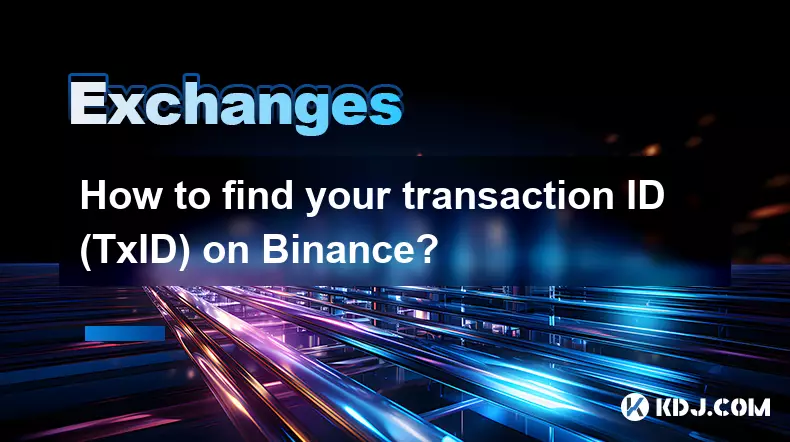
Understanding Transaction ID (TxID) in Binance
1. A Transaction ID, commonly known as TxID, is a unique alphanumeric string assigned to every blockchain transaction processed through Binance. This identifier allows users and support teams to track the status, origin, and destination of a specific transfer. Each TxID is irreversible and permanently recorded on the blockchain, ensuring transparency and traceability.
2. When depositing or withdrawing cryptocurrencies on Binance, a TxID is automatically generated once the transaction is broadcasted to the network. It plays a crucial role in verifying that funds have been sent or received correctly. Without the TxID, resolving transaction-related issues becomes significantly more difficult.
3. Binance displays the TxID in multiple sections of its platform, depending on the type of transaction performed. Whether you're moving assets between wallets, sending crypto to an external address, or receiving funds from another exchange, the TxID is accessible through the transaction history.
4. The format of a TxID typically consists of a long sequence of letters and numbers, often starting with '0x' for Ethereum-based networks or appearing as a random hash for Bitcoin and other chains. This uniqueness prevents duplication and ensures each transaction can be audited independently.
5. It is essential to copy the full TxID accurately when providing it for verification or troubleshooting, as even a single character mismatch can lead to incorrect tracking or failed support requests.
Steps to Locate Your TxID in Deposit Transactions
1. Log in to your Binance account and navigate to the 'Wallet' section from the top menu. Select 'Overview' and then click on 'Transaction History.' This page consolidates all your financial activities on the platform.
2. Under the 'Deposit' tab, you will see a list of all incoming transactions. Each entry includes details such as the cryptocurrency, amount, status, and timestamp. Look for the specific deposit you want to verify.
3. Click on the 'Details' or 'View' option next to the relevant transaction. A pop-up or expanded row will appear, displaying comprehensive information, including the blockchain network used and the confirmation count.
4. The TxID will be clearly labeled, often under headings like 'Hash,' 'Transaction ID,' or 'TxID.' You can click the copy icon adjacent to it or manually highlight and copy the string for external use.
5. If the deposit was made via a smart contract network like BSC or Polygon, ensure you select the correct network on blockchain explorers when checking the TxID, as the same wallet address may have activity across multiple chains.
How to Find TxID for Withdrawals on Binance
1. Access the 'Wallet' dashboard and go to 'Transaction History.' Switch to the 'Withdrawal' tab to filter only outgoing transactions. This list includes all crypto transfers initiated from your Binance account to external wallets or exchanges.
2. Locate the withdrawal entry by checking the date, amount, and recipient address. Withdrawals may take several minutes to appear, especially if they are pending or undergoing verification.
3. Click on the 'Details' link associated with the transaction. Binance provides a breakdown that includes the network fee, withdrawal address, and confirmation status. The TxID is displayed prominently within this panel.
4. Once copied, the TxID can be pasted into a blockchain explorer such as Etherscan, Blockchain.com, or BscScan, depending on the network. This allows you to monitor confirmations and verify successful processing.
5. In cases where a withdrawal fails or is delayed, providing the correct TxID to Binance support accelerates resolution, as it enables them to trace the exact movement of funds on the distributed ledger.
Common Issues When Retrieving TxID
1. Some users report not seeing a TxID immediately after initiating a transaction. This usually occurs when the transaction is still pending and has not been broadcasted to the blockchain. Wait for the status to change to 'Success' before attempting to locate the ID.
2. Filtering the wrong transaction type—such as checking deposits when searching for a withdrawal—can lead to confusion. Always ensure you are in the correct tab within the Transaction History section.
3. Copying an incomplete TxID due to hidden characters or truncation on mobile devices may result in failed lookups. Zoom in or use the dedicated copy button to avoid errors.
4. Transactions involving internal transfers between Binance users may not generate a blockchain TxID since they are settled off-chain. Only external movements produce a verifiable hash on public ledgers.
5. Network congestion or delays in block confirmation can temporarily affect TxID visibility. Refresh the page or wait a few minutes if the ID does not appear immediately after a successful transaction.
Frequently Asked Questions
Can I find a TxID without logging into my Binance account? No, direct access to transaction details including TxID requires authentication. However, if you have the recipient address and know the network, you might locate the transaction using a blockchain explorer by searching for the address and matching the timestamp and amount.
What should I do if my TxID is not showing up? Verify the transaction status first. If it's still pending, the TxID won’t appear until the transaction is processed. If the status is confirmed but the ID is missing, contact Binance support with your order ID or withdrawal request ID for assistance.
Is the TxID the same as the order ID? No. The order ID refers to trades executed on the exchange, while the TxID specifically relates to blockchain transfers. They serve different purposes and are generated by different systems within Binance.
Can two transactions have the same TxID? Absolutely not. Every TxID is cryptographically unique. Duplicate hashes would compromise blockchain integrity, which is mathematically infeasible under normal operating conditions.
Disclaimer:info@kdj.com
The information provided is not trading advice. kdj.com does not assume any responsibility for any investments made based on the information provided in this article. Cryptocurrencies are highly volatile and it is highly recommended that you invest with caution after thorough research!
If you believe that the content used on this website infringes your copyright, please contact us immediately (info@kdj.com) and we will delete it promptly.
- Ethereum: Wall Street's Token of Choice?
- 2025-08-29 12:45:13
- Cryptos with Massive Upside: Top Buys to Watch Now
- 2025-08-29 13:05:15
- BlockDAG's Presale Momentum: Is a 36x ROI Realistic?
- 2025-08-29 13:25:14
- Blockchain, GDP Data, Transparent Future: A New Era of Economic Reporting?
- 2025-08-29 11:05:12
- BlockDAG's 15,000 TPS and Execution-Driven Model: A Crypto Game Changer?
- 2025-08-29 11:25:15
- SHIB Price, Trading Volume, Cryptocurrency: Riding the Whale Waves
- 2025-08-29 09:25:17
Related knowledge
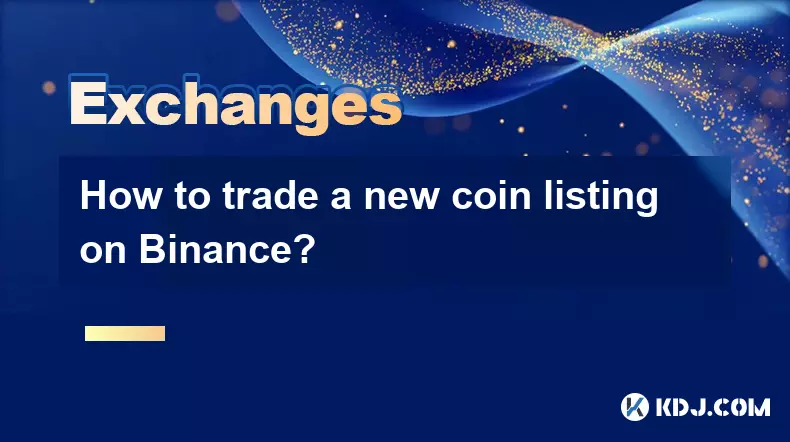
How to trade a new coin listing on Binance?
Aug 29,2025 at 11:14am
Understanding the Pre-Listing Phase1. Research the project thoroughly before any listing announcement. Whitepapers, team backgrounds, and community se...
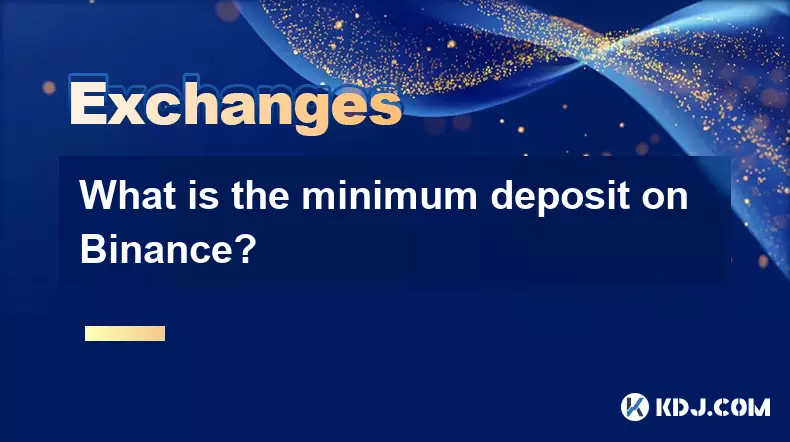
What is the minimum deposit on Binance?
Aug 29,2025 at 01:01pm
Understanding Binance Deposit Requirements1. The minimum deposit on Binance varies depending on the cryptocurrency being deposited. Each digital asset...
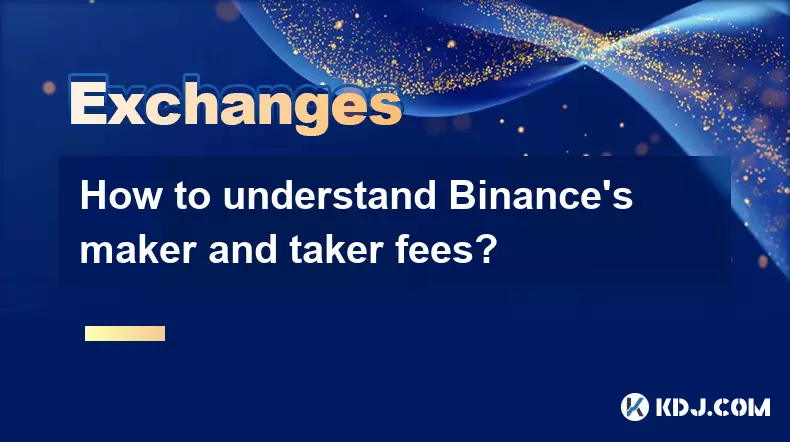
How to understand Binance’s maker and taker fees?
Aug 29,2025 at 02:28pm
Understanding Decentralized Exchanges in the Crypto Ecosystem1. Decentralized exchanges (DEXs) operate without a central authority, allowing users to ...
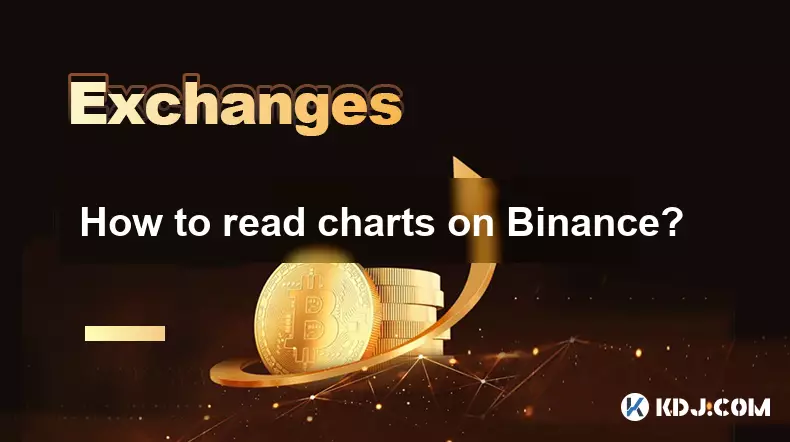
How to read charts on Binance?
Aug 29,2025 at 08:28am
Understanding Candlestick Patterns1. Each candlestick on Binance represents price movement over a specific time interval, such as one minute, five min...

How to find your transaction ID (TxID) on Binance?
Aug 29,2025 at 08:57am
Understanding Transaction ID (TxID) in Binance1. A Transaction ID, commonly known as TxID, is a unique alphanumeric string assigned to every blockchai...
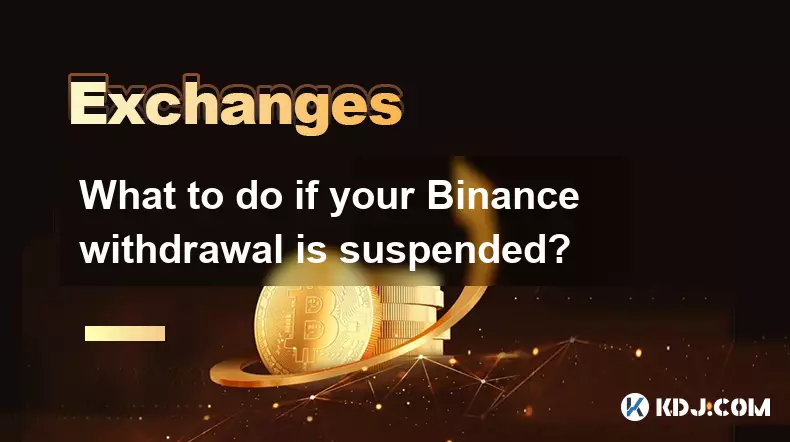
What to do if your Binance withdrawal is suspended?
Aug 29,2025 at 11:43am
Understanding Why Binance Withdrawals Get Suspended1. Binance may suspend withdrawals due to security concerns, especially if unusual login activity o...

How to trade a new coin listing on Binance?
Aug 29,2025 at 11:14am
Understanding the Pre-Listing Phase1. Research the project thoroughly before any listing announcement. Whitepapers, team backgrounds, and community se...

What is the minimum deposit on Binance?
Aug 29,2025 at 01:01pm
Understanding Binance Deposit Requirements1. The minimum deposit on Binance varies depending on the cryptocurrency being deposited. Each digital asset...

How to understand Binance’s maker and taker fees?
Aug 29,2025 at 02:28pm
Understanding Decentralized Exchanges in the Crypto Ecosystem1. Decentralized exchanges (DEXs) operate without a central authority, allowing users to ...

How to read charts on Binance?
Aug 29,2025 at 08:28am
Understanding Candlestick Patterns1. Each candlestick on Binance represents price movement over a specific time interval, such as one minute, five min...

How to find your transaction ID (TxID) on Binance?
Aug 29,2025 at 08:57am
Understanding Transaction ID (TxID) in Binance1. A Transaction ID, commonly known as TxID, is a unique alphanumeric string assigned to every blockchai...

What to do if your Binance withdrawal is suspended?
Aug 29,2025 at 11:43am
Understanding Why Binance Withdrawals Get Suspended1. Binance may suspend withdrawals due to security concerns, especially if unusual login activity o...
See all articles

























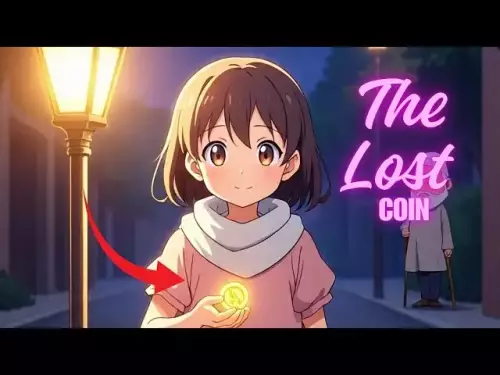
![28 August 2025 - [Evening]Mr Mint (MNT) Zoom Call | Latest Update & Future Plans | Stepmint | 28 August 2025 - [Evening]Mr Mint (MNT) Zoom Call | Latest Update & Future Plans | Stepmint |](/uploads/2025/08/29/cryptocurrencies-news/videos/august-evening-mint-mnt-zoom-call-update-future-plans-stepmint/68b08b4c56a56_image_500_375.webp)






























































